In a mechanical transmission system, the performance of the clutch assembly directly affects the efficiency and reliability of power transmission. With its progressive contact design between the pressure plate and the friction plate, the 420 clutch assembly reduces wear while ensuring smooth power output, making it an ideal solution for frequent start-stop and speed change conditions. The core of this design is to achieve more uniform force distribution through structural optimization, thereby avoiding the common power transmission incoherence problem in traditional clutches and making the overall transmission performance more linear and durable.
During the engagement process of traditional clutches, the pressure plate and the friction plate often contact with instantaneous high pressure, resulting in local stress concentration, accelerated wear and possible "slip-lock" alternation. This phenomenon not only reduces transmission efficiency, but also causes frustration during frequent gear shifting or low-speed driving, affecting the driving experience. The design philosophy of the 420 clutch assembly is based on progressive contact. By optimizing the pressure plate surface profile and the friction plate material distribution, the contact pressure is gradually increased with the pedal stroke instead of being applied suddenly. This progressive engagement method effectively disperses the load on the friction interface, maximizing the contact area, thereby reducing the risk of local overheating and abnormal wear.
In terms of engineering implementation, the pressure plate of the 420 clutch assembly adopts a special curved surface design to ensure that the friction plate contacts the edge area first at the beginning of the engagement, and then the pressure expands evenly to the center. This process simulates the friction surface fitting curve under ideal conditions, making the torque transmission smoother. The material formula of the friction plate has been optimized, and its friction coefficient can remain stable under high load, avoiding performance degradation caused by temperature increase. This collaborative design not only improves the response consistency of the clutch, but also significantly extends the service life of key components, especially suitable for urban congested road conditions or high-intensity operating environments of commercial vehicles.
In addition, the progressive contact design also optimizes the control feel of the clutch. The nonlinear torque transmission characteristics of traditional clutches often require the driver to accurately control the pedal stroke, otherwise it is easy to cause start-up jitter or shift shock. The 420 clutch assembly reduces the operating sensitivity requirements through its smooth pressure increase characteristics, making the power connection more natural. This feature is particularly important for novice drivers or users who need to drive for a long time, which not only reduces operating fatigue but also improves the predictability of the overall transmission system.
From the perspective of durability, another advantage of the progressive contact design is that it reduces abnormal wear of friction materials. The local high-stress contact of traditional clutches can cause uneven wear on the friction plate surface and even thermal cracks, which ultimately affects performance. The uniform load distribution of the 420 clutch assembly ensures that the friction plate maintains a stable contact state throughout its life cycle, avoiding early failure. This design not only reduces the maintenance frequency, but also improves the reliability of the assembly under harsh working conditions, making it a preferred solution for high-load applications.
The progressive contact design of the 420 clutch assembly represents an efficient evolution of clutch technology. It does not rely on the upgrade of a single material or simply increase the structural strength, but through systematic mechanical optimization, it achieves a precise balance between power transmission efficiency, handling smoothness and durability. The core of this design concept is to understand the dynamic interaction law of the friction pair and transform it into a more stable performance output through engineering means. For users who pursue reliable transmission and comfortable driving, the value of this technology is not only reflected in the parameters, but also in its long-term performance in practical applications.
 English
English русский
русский
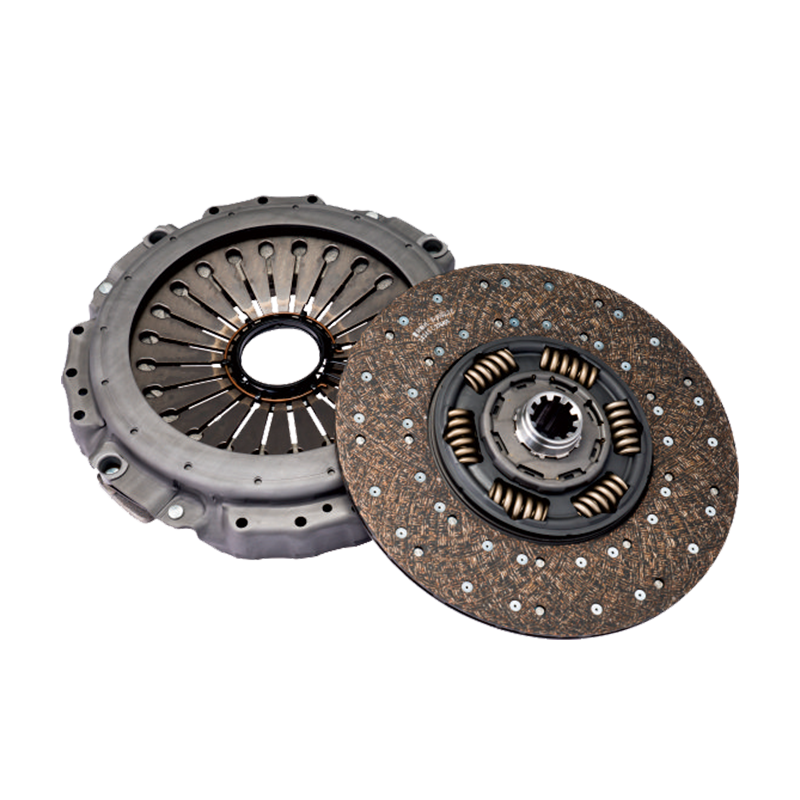
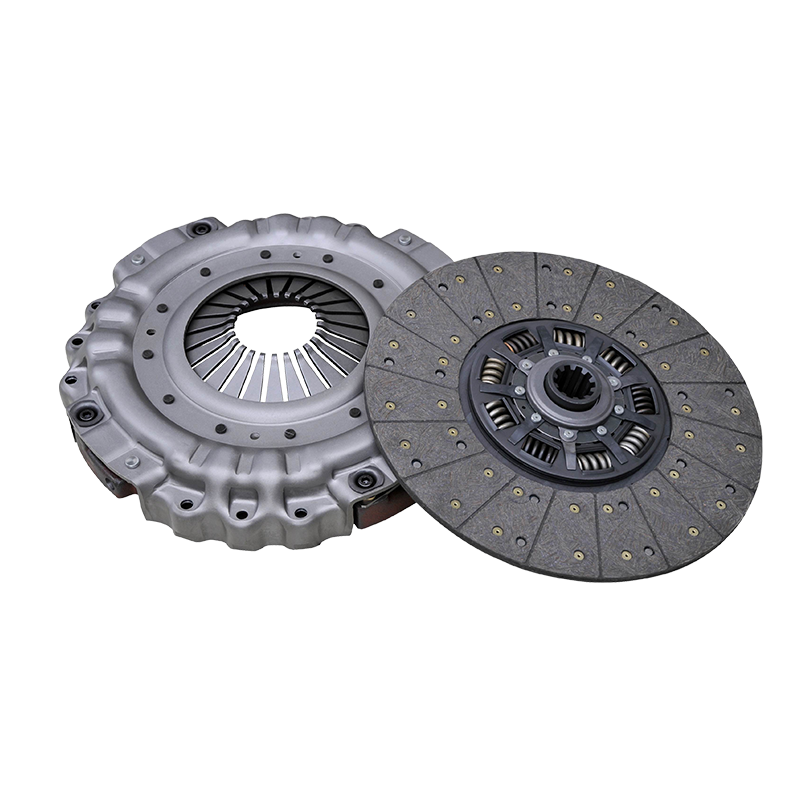
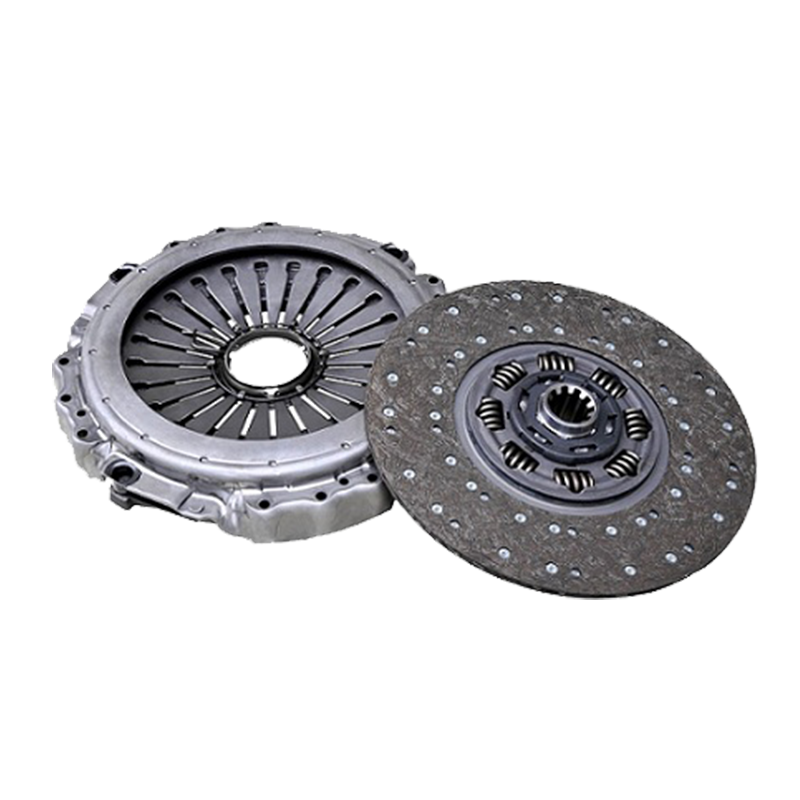
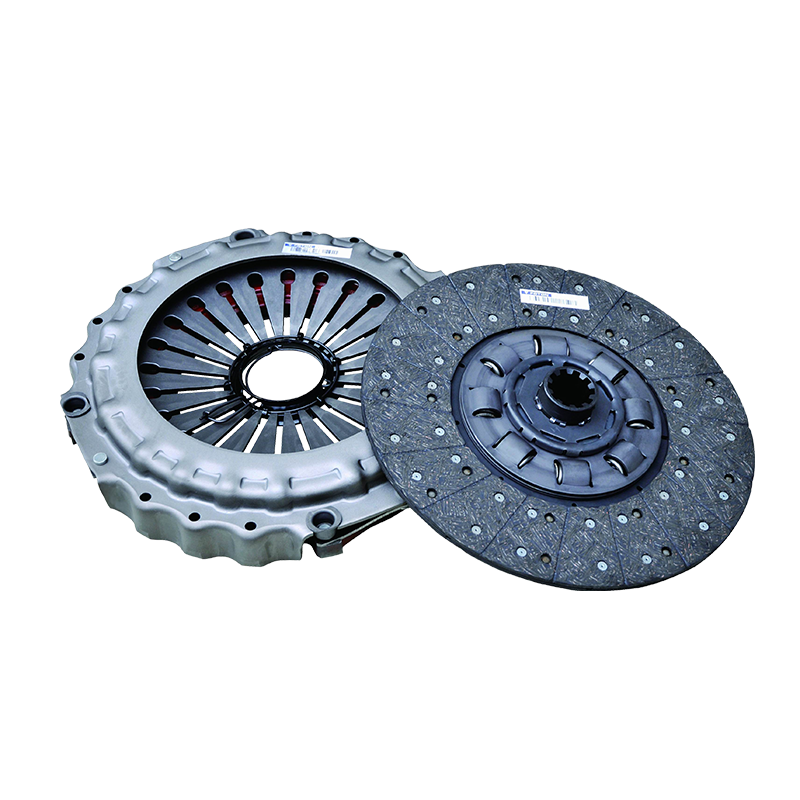
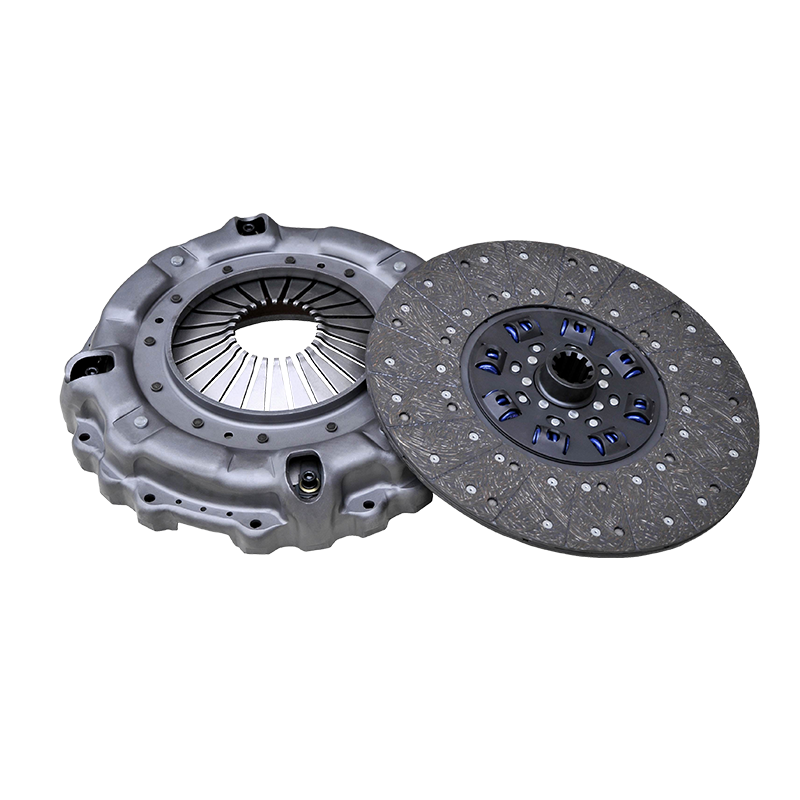
 English
English  No.25, Hu Chuang Road, New District Industrial Park, Suzhou, Jiangsu, China.
No.25, Hu Chuang Road, New District Industrial Park, Suzhou, Jiangsu, China.  +86-13338663262
+86-13338663262 
